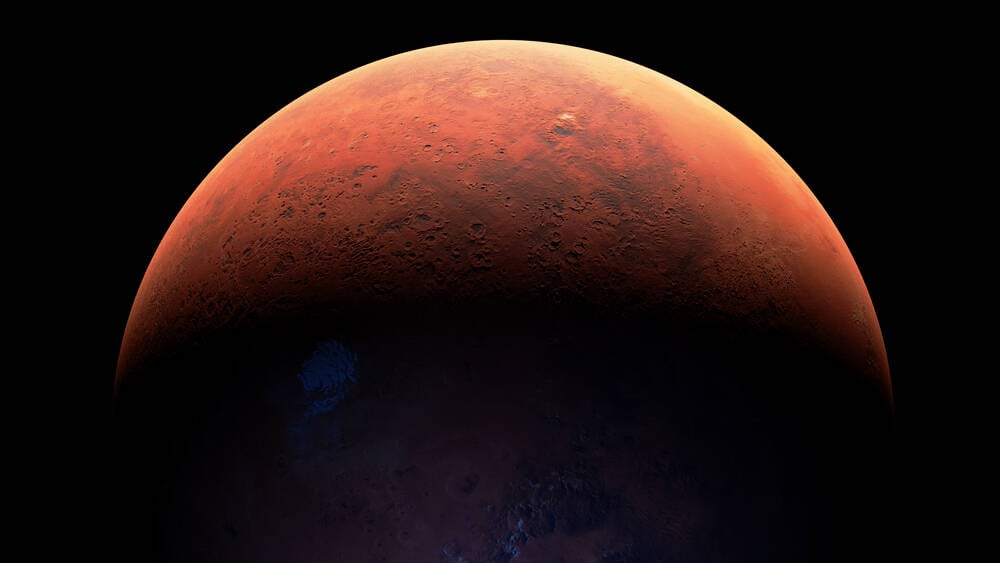New models from recent Martian probe data suggest the fourth planet from the Sun once hosted a fluctuating desert environment with intermittent oases of water.
Researchers led by the University of Chicago’s Edwin Kite found evidence for carbon dioxide cycling on the Red Planet in data from Curiosity rover. The discovery of hidden carbonates in Gale Crater potentially unlock the reason why the once warm, water-rich planet saw a thinning out of its atmosphere and a loss of liquid water on its surface.
To summarize, the researchers modelled a situation where:
- Increased solar luminosity melts water on Mars, leading to more liquid water
- The liquid water interacts with carbon dioxide in the atmosphere, which then reacts to minerals in the rocks, trapping the carbon in the rocks themselves and thus reducing the greenhouse effect, making Mars colder and dryer
- Lower volcanic activity on Mars (compared to Earth) means that this trapped carbon dioxide is not returned to the atmosphere, leading to a fluctuation desert/oases steady state, which is also driven by changes in orbit
- Over billions of years, leaking atmosphere lowers the planet’s atmospheric pressure, causing more evaporation of water (the pressure on the surface then drops below the triple point of water, when all three phases – solid, liquid, and gas can exist)
- Liquid water is no longer stable on the surface, and we get the cold, dry Mars we see today
Scientists had already digested evidence of wet and dry periods on Mars, but puzzled over what was driving the cycles and how all the liquid water ended up disappearing.
Secret was locked away in the rocks
As on Earth, atmospheric carbon dioxide on Mars can be stored in rocks as carbonates. So Kite’s team built a climate model based on the assumption that the carbonates from the Gale Crater reflect cycles on the Red Planet and let it run over 3.5 billion years.
“Past climates with surface and shallow-subsurface liquid water are recorded by Mars’s sedimentary rocks, including strata in the approximately 4-kilometer-thick [circa 2.5 miles thick] record at Gale Crater,” the paper published in Nature this week said.
“Those waters were intermittent, spatially patchy and discontinuous, and continued remarkably late in Mars’s history,” they hypothesize.
The researchers propose that carbonate formation on Mars actually helped drive changes in the planet’s climate. In their model, increasing solar luminosity makes water more available, leading to carbonate formation, which in turn, sucks carbon dioxide from the atmosphere, curtailing the greenhouse effect and leading to a colder and drier planet.
“Chaotic orbital forcing modulated wet–dry cycles. The negative feedback restricted liquid water to oases and Mars self-regulated as a desert planet. We model snowmelt as the water source, but the feedback can also work with groundwater as the water source. Model output suggests that Gale faithfully records the expected primary episodes of liquid water stability in the surface and near-surface environment,” the researchers said.
In the end, the loss of Mars’ atmosphere means it approaches water’s triple point, resulting in a reduction of liquid water and making the surface environment less habitable.
The researchers said their model can explain why oases on Mars were patchy and intermittent, but more surface missions would be required to test its assumptions.
“We assume that the carbonate content found at Gale is representative, and as a result, we present a testable idea rather than definitive evidence,” the paper said. ®
